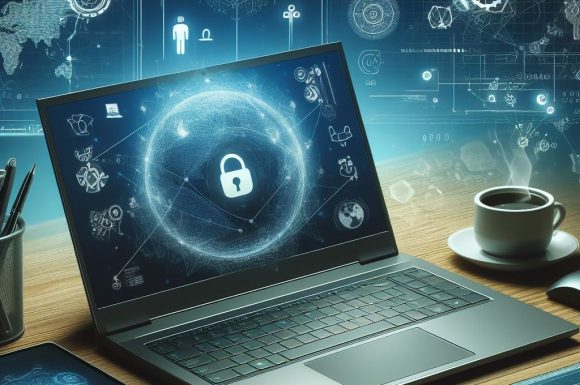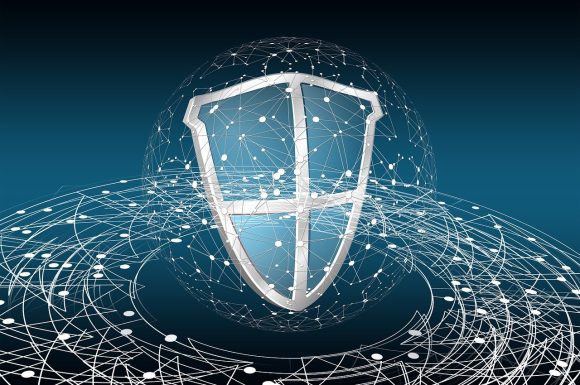
What is Cybersecurity Training?
Broadly speaking, you can think of security awareness training as a way to make sure people understand and follow certain procedures to ensure the IT safety of an organization.
Research shows that most digital attacks are attempts to exploit human factors through creative and engaging identity theft and other related activities. Human error causes almost 90% of data breaches, reinforcing employees’ need for ongoing cybersecurity education. Malicious attackers and other skilled hackers often attempt tricking users into accessing digital resources as soon as possible, long before they set out to update the system.
Cybersecurity training educates employees about IT security issues. By using a variety of learning methods, security training can help increase awareness of vulnerabilities, reduce cyberattacks risks, and understand the importance of responding quickly to these issues.
We are failing on cybersecurity awareness.
We wake up every day seeing news about some type of cyber attack: phishing, ransomware, security breaches, data and identity theft, adware, etc. Given the number and scale of these attacks, it could be assumed that all companies are cybersecurity aware and have taken appropriate action. This is not the case.
There are many subjects that we do not pay enough attention to or that are sometimes or always neglected. In reality, we can’t afford to let our guard down even for a moment.
Is it possible to move on after a cyberattack? The situation must be faced, do we surrender to fate and think “the probability is very small, it will not affect me” or “my data is not as attractive as that of that large company”?
SMEs increasingly suffer more cyberattacks.
Hackers constantly adapt their strategies. Every day we see the theft of data from big companies in the news, but this does not mean it only involves them. The number of attacks on SMEs are also increasing.
For SMEs or even large companies, security breaches can lead to irreversible situations. Furthermore, smaller companies are less likely to restore work and resume normal operations, as costs are often unaffordable. Additionally, most of the costs will come from reputational damage.
As if all this were not enough, there is another important fact that has a great impact on companies: the sanctions imposed by the RGPD. Penalties, along with the obligation to report what happened (to officials, stakeholders, and third parties) when security breaches occurred, have led many companies to start working on their protection.
The user: the weakest link.
When it comes to security, we instinctively think of safety tools or practices, but the reality is that being protected depends on a common aspect of any public or private entity: its employees.
Assuming that 100% security is unattainable, much less when we have a large number of potential threats, both external and internal. Not only from workers who seek to make their benefit by terminating or disrupting company activities but also well-intentioned employees may cause harm accidentally.
It’s a whole lot easier for hackers to compose a phishing email in no time than to spend months researching zero-day vulnerabilities. Users can, for example, simply out of ignorance introduce ransomware into a business via an infected file that violates security policies. They are the weakest links in the chain.
Human error is the cause of most cybersecurity breaches. Firewalls will not prevent an employee from falling for a phishing email. A business could spend millions on security software, but none of this will matter if their employees are not properly prepared to detect and respond to cyberattacks.
Main failures by the user.
The worst or best part of human failures is that these security breaches are completely avoidable and by ending them we considerably lower the chances of suffering an incident.
We find the typical user usually commits the following errors:
- Using the same devices for personal and professional purposes and failing to take the necessary security measures.
- Use insecure external devices. A clear example of this is USB drives.
- Leave the workplace without locking computers or devices.
- Failing to update the operating system.
- Inappropriate use of social networks and unsafe mobile applications.
- Skip backups.
- Reusing passwords, using very simple ones, or writing them down insecurely.
- Failure to report incidents for fear of a bad reaction.
- Ignoring common sense.
All staff members, at every level of the organization, should receive security training and awareness to ensure they have the skills to identify an attack. Cyber awareness training should develop a culture of vigilance, verify employees are informed of what is required of them, and highlight the importance of their responsibility in protecting sensitive company data.
Unfortunately, if your employees aren’t prepared for a cyber attack, your organization isn’t ready either. Hence, educational software or courses can help increase awareness and expertise to better understand any threat, from phishing to physical protection.
Conatct us if you need help!





